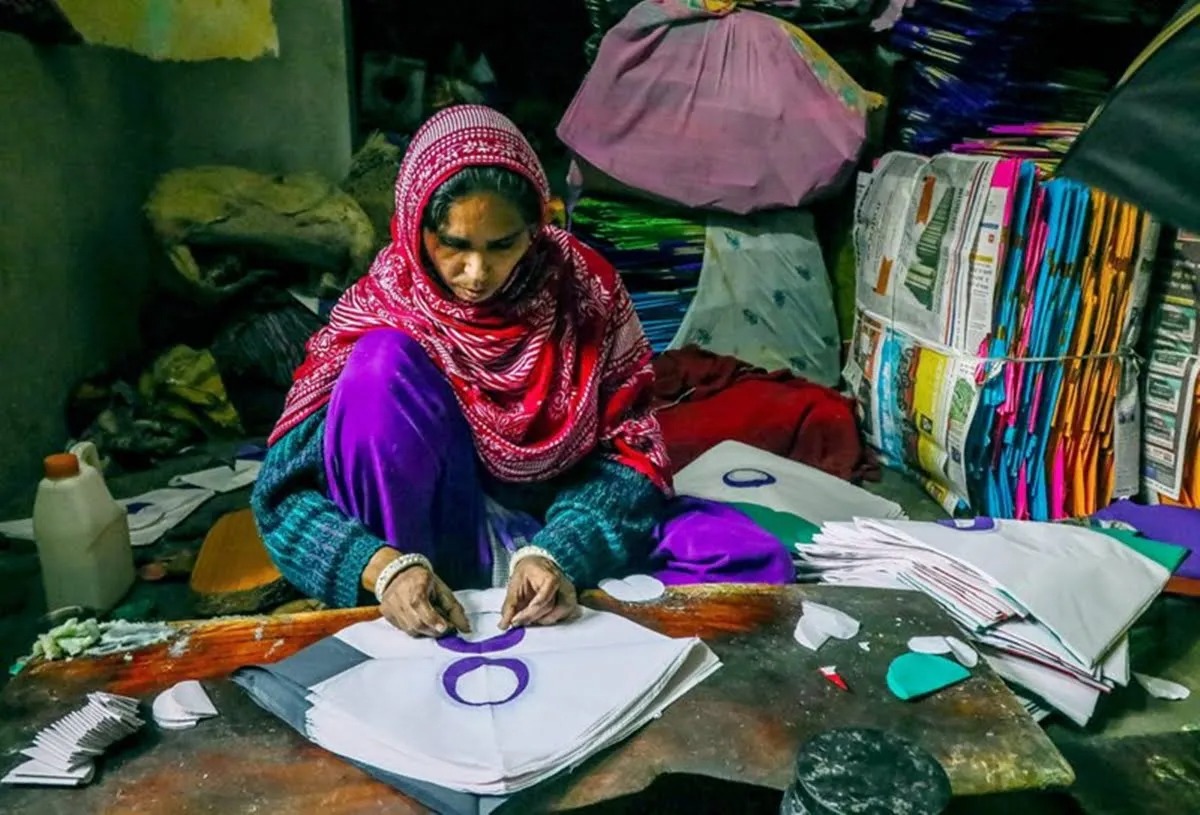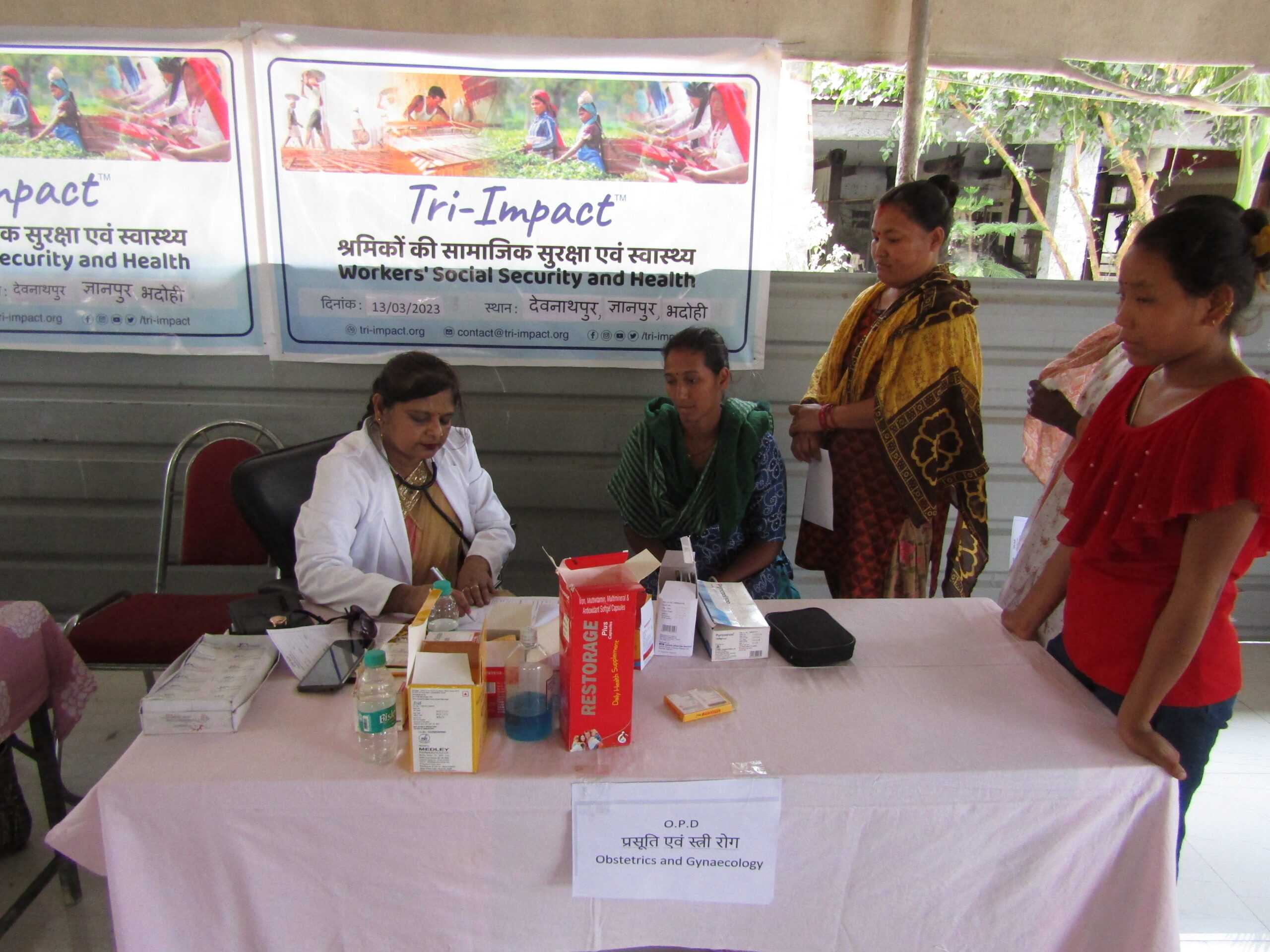Introduction ‘92 percent of Indian laborers are engaged in the unorganized sector while the organized segment constitutes the remaining 8 percent’ (Sakthivel and Joddar, 2006). Unorganized labor refers to the labor that does not require any qualification to get access into the employment zone and earn their living…
During the field visit to the primary health care centers in Jwala Puri and Nangloi, Delhi, an assessment was conducted to evaluate the ongoing facilities and government programs implemented under the National Health Mission (NHM). The focus was on programs such as Anaemia Mukt Bharat, Haemoglobin intake levels,Maternity…
In the pursuit of a healthier and more prosperous nation, the access to public healthcare in India emerges as a cornerstone. The World Medical Association defines health as a state of complete physical, mental, and social well-being, transcending mere absence of disease. In this discourse, we embark on…
Introduction: The objective of financial literacy camps is to promote financial presence by providing two essential elements: literacy and easy access. These camps aim to impart knowledge that enables financial planning, cultivates saving habits, and enhances understanding of financial products. By facilitating effective use of financial services, financial…
Experts believe that “India is the workforce for the world” and that the “future of supply chainsruns through India.” The Covid-19 crisis, however, revealed that workers in labor-intensivesectors such as agriculture, textiles, handicrafts, footwear, mining, and ready-made garments arehighly vulnerable. Workers in these sectors come from marginal farming…
Health Awareness and Services for Workers Our interactions with labor-intensive sector factories have suggested that the frequent sicknessof workers and their families is one of the major causes of growing worker absenteeism infactories. Most of the workers take out loans and advances from their employers and othersources to…





